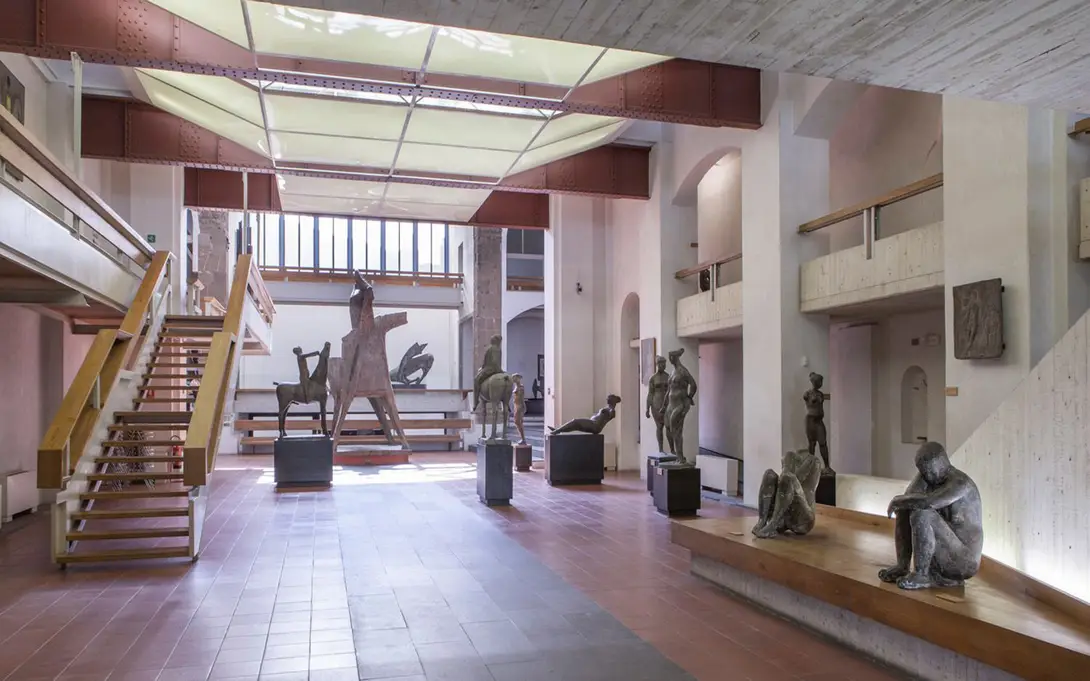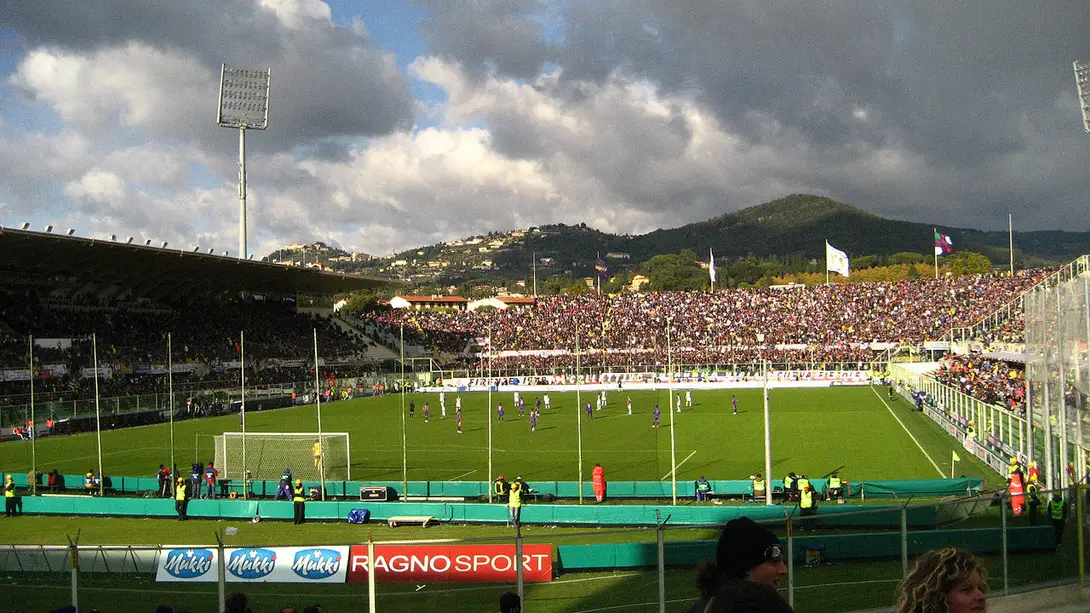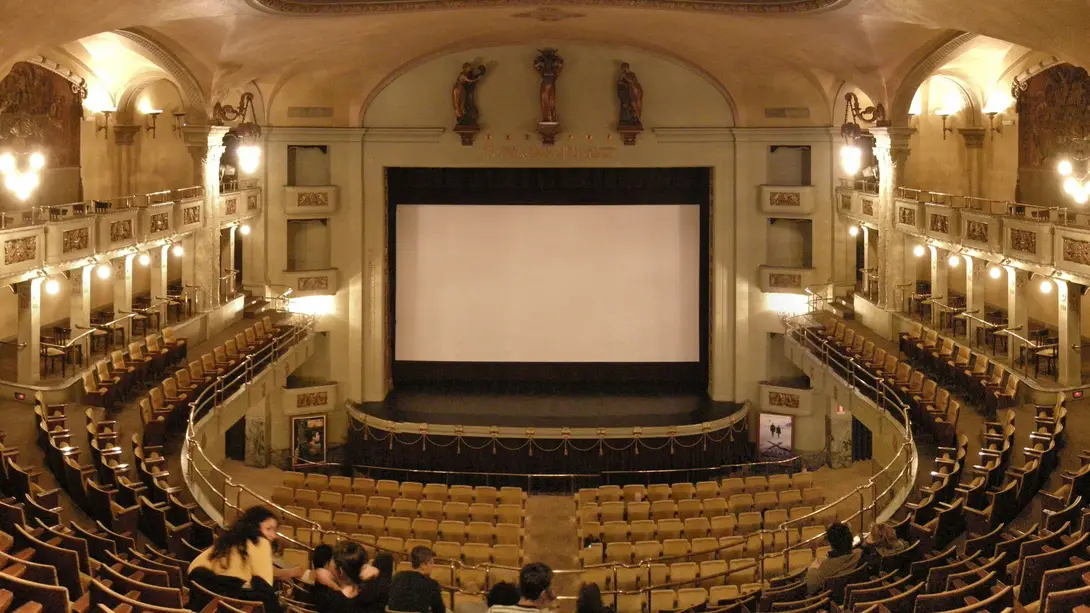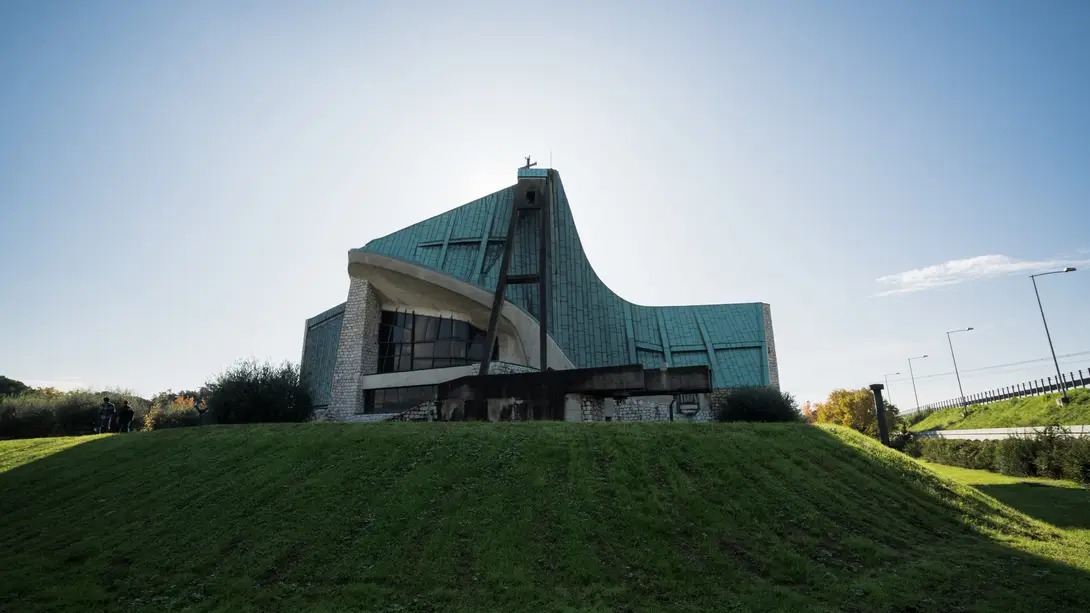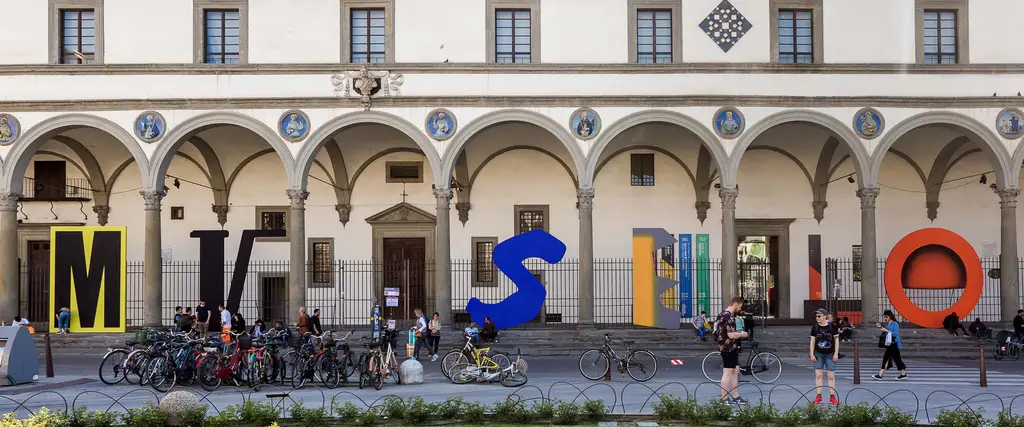
Florence in the XXth Century
The twentieth century left a profound impact on Florence's art, architecture and urban planning, either in the historic centre and in some of the suburbs.
The ideal starting point for any itinerary should be the Museo Novecento (20th Century Museum), housed in the Ex-Leopoldine Complex in Piazza Santa Maria Novella. Recently opened and equipped with modern multimedia technology, the museum retraces the stages of that unique artistic period, during which Florence was an unquestionable epicenter. Over 300 works are on display, including names such as De Chirico, Morandi, Rosai, Sironi, Casorati, De Pisis, Fontana, Vedova and Magnelli. Particularly rich is the calendar of temporary exhibitions that are organized all year round.
Santa Maria Novella railway station, designed by a group of architects led by Giovanni Michelucci, is a masterpiece of the '30s. He projected alsoPalazzina Reale radically redesigned in its current forms in 1934, as well as the hyper-modern Church of the Autostrada in northern Florence.
Another distinctive feature of the Tuscan capital is its Art Nouveau houses. The most notable examples, by Giovanni Michelazzi, are the Casa Galleria in Borgo Ognissanti, the Villino Broggi-Caraceni in Via Scipione Ammirato, and the Villino Lampredi in Via Giano della Bella. Extremely refined is the sophisticated decor of Florence's most beautiful cinema: the Odeon by Marcello Piacentini, which opened in 1922.
Not to be missed is the visit to theMarino Marini Museum (one of the greatest Italian sculptors of the twentieth century): it was skilfully crafted inside the church of San Pancrazio by the architects Papi-Sacchi in 1970, as well as the Opificio delle Pietre Dure by the architects Adolfo and Fabrizio Natalini dates back to the early 1990's.
Two examples of rationalist architecture from the 1930s are the Artemio Franchi football stadium(home of the Fiorentina football club in the Campo di Marte neighbourhood), designed by Pier Luigi Nervi, and the School of Aerial Warfare (in Cascine Park), by Raffaello Fagnoni.
And last but by not least, we suggest you an Art Nouveau itinerary in Florence, including palaces, villas, the magnificent stained glass windows in some of the luxury hotels in the city centre, designed by Galileo Chini.
Of course, these are just a few key points for an original itinerary of 20th-century Florence.
Comune di Firenze
The places
Stages
Museo Novecento
The Museo Novecento, on piazza Santa Maria Novella in the premises of the former Leopoldine schools, is dedicated to 20th-century Italian art, presenting a selection of works from the civic collections which focuses on Italian art of the first half of the 20th century. Of great value is the Alberto Della Ragione collection, donated to the city of Florence in the aftermath of the 1966 flood, with artworks by Giorgio De Chirico, Filippo De Pisis, Gino Severini, Giorgio Morandi, Mario Mafai, Renato Guttuso, Felice Casorati among others.
The museum is completed with the exhibition of the legacy of Ottone Rosai, donated by his widow Francesca Fei and his brother Oreste to the Municipality of Florence.
The museum hosts many temporary exhibitions dedicated to contemporary artists in its ground floor rooms.
For the exhibition by American artist Haley Mellin, the courtyard was planted with around 300 native plants, based on research into the original layout and uses of the garden.
In addition to the permanent collection, the temporary exhibitions and the programme of the Cinema and Conferences Room enrich the activity of the museum with a thematic and multidisciplinary approach. Through its art mediation department the Museum daily arranges educational activities like workshops, guided tours for families, children, teenagers, adults and special audiences.
Marino Marini Museum
The Marino Marini Museum, dedicated to the famous 20th-century Italian sculptor, is housed in the former church of San Pancrazio, where Renaissance lines are combined with modern renovation.
It is a monographic museum that houses 184 works by sculptor Marino Marini (1901-1980), arranged according to the artist's instructions in the choice of materials and natural lighting of the rooms. The works were created between 1916 and 1977. The exhibition, spread over the different levels of the church spaces, includes bronze and concrete sculptures of very different sizes, polychrome plaster casts and canvases, portraits and drawings. Exhibitions dedicated to various 20th-century and contemporary artists are periodically held in the crypt.
The Tempietto del Santo Sepolcro (Temple of the Holy Sepulchre) by Leon Battista Alberti, a Renaissance work with precious marble inlays, rich in allegorical meanings, is also on display.
Stadio Comunale Artemio Franchi
The Franchi stadium was built between 1930 and 1932 based on a project by engineer Pier Luigi Nervi in the area of Campo di Marte. This Italian rationalist-style stadium shows some structural features which are very innovative for that time, such as the projecting roof without supports and the helical stairs. Commissioned to a company from Turin, the grass cover immediately turned out to be of excellent quality, thanks to its perfectly drained pitch. Over the years, the stadium has undergone several changes with works carried out especially for Italy 1990. Its capacity is 47,000 people. The football ground hosts the ACF Fiorentina matches.
Giunti Odeon. Bookshop and cinema
For years it was the most beautiful cinema in Florence, the Odeon Cinema, built inside the Palazzo dello Strozzino, one of the most important in the city.
Built around 1457 according to Palla Strozzi’s will and designed by Filippo Brunelleschi withMichelozzo’s undoubted intervention, the palazzo was owned by the family until the 19th century and then there were several changes in ownership. .
In 1904, it was bought by the Chiari family, who as early as 1914 at the suggestion of the great Eleonora Duse, decided to build an elegant movie theatre and the project was entrusted to Adolfo Coppedé.
In 1919, when the works had already started, the building was acquired by the Italian-American Cinema Company and was completed byMarcello Piacentini, who was a very famous architect at that time.
On the 14th of December 1922, the building was finally inaugurated.
After alternating periods as theatre and then cinema, in 2023 the Odeon, which had never lost its splendid Art Nouveau style, was renovated by the Benaim studio and reopened as the Giunti Odeon. Bookshop and cinema.
An ambitious cultural project, with bookshop space in the stalls, an unchanged gallery for film screenings in the evenings, and space for book presentations and meetings.
A café-restaurant completes the multifaceted nature of the venue.
Chiesa di San Giovanni Battista o dell'autostrada
The church dedicated to San Giovanni Battista, but commonly known as the Church of the Highway, is located in the territory of the Municipality of Campi Bisenzio, at the Firenze Nord service area of the Autostrada del Sole A1 Rome-Milan. Wanted by the Autostrade Company in memory of the workers who fell at work in the construction of the Autostrada del Sole, the church was built between 1960 and 1964, based on a project by Giovanni Michelucci and is considered a masterpiece of modern art. Its configuration evokes the image of a tent, which recalls the mobility of the People of God. The church develops on a covered area of 3500 square meters and reaches a maximum height of 26 meters.

